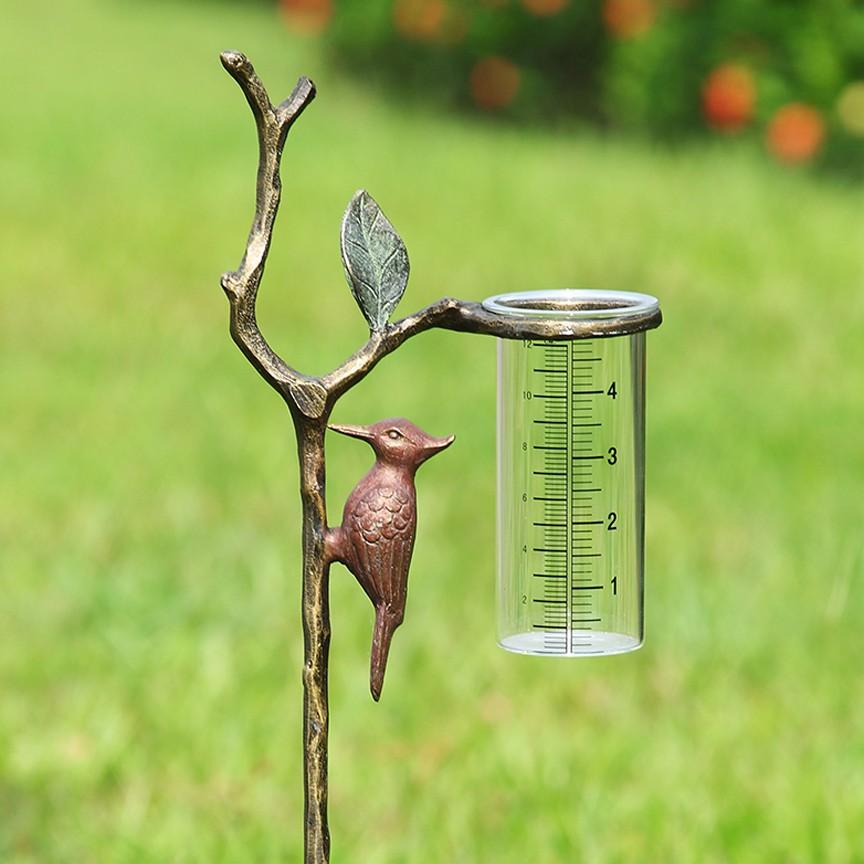Revealing the Scientific Research Behind Rainfall Determines: Just How These Devices Play a Critical Role in Climate Research Study and Environmental Surveillance
Rain evaluates, relatively simple devices, hold an extensive relevance in the world of environment research study and ecological surveillance. These unassuming instruments silently gather one of nature's most important aspects-- rains. Behind their plain exterior exists a complex scientific research that is important for recognizing the characteristics of our environment. As we peel back the layers of this clinical shroud surrounding rain evaluates, we uncover a globe where accuracy, data precision, and thorough observation converge to reveal a deeper understanding of our changing environment and its effect on the planet.
Relevance of Rain Scales
Rainfall evaluates play an essential duty in tracking and measuring precipitation levels, providing vital information for climate study and evaluation. These tools are essential in evaluating the quantity of rainfall that takes place in a particular location over a certain period. By gauging and gathering rain, rain assesses offer important insights right into the distribution and intensity of precipitation, assisting meteorologists, hydrologists, and climatologists in recognizing weather condition patterns and trends.
In addition, long-term information accumulated from rain assesses helps in examining environment adjustment impacts and patterns, contributing substantially to scientific research study and decision-making procedures. In significance, rainfall evaluates offer as essential tools in the field of meteorology and ecological science, playing an important function in advancing our understanding of weather and environment dynamics.
Sorts Of Rain Gauges

Functionality and Procedure
In the realm of climate study and atmospheric studies, the efficiency of rainfall gauges lies in their complex functionality and precise functional systems. Rain determines are made to precisely determine the quantity of rainfall that falls over a details location during a set duration.
The functionality of rain evaluates is based upon the principle of determining and collecting rain in a standard fashion. This accumulated data is important for recognizing local weather patterns, tracking long-lasting climate fads, and evaluating ecological effects. To make sure accurate dimensions, rain determines demand to be strategically placed in open locations away from blockages such as structures or trees that could hinder the collection procedure.
The functional aspect of rainfall assesses includes normal upkeep to avoid particles buildup, calibration my blog checks to preserve measurement precision, and data recording for analysis (rain gauge). On the whole, the capability and operation of rain evaluates are essential for collecting trusted precipitation data vital to environment study and ecological monitoring
Duty in Environment Research
Offered the vital significance of precise precipitation dimensions in recognizing weather condition patterns and environmental impacts, the duty of rainfall assesses in climate research study is crucial. Rainfall assesses provide crucial information for climate study by measuring the amount of rainfall that tips over a particular location throughout a given duration. This information is crucial for keeping an eye on long-term trends in precipitation patterns, evaluating the effect of climate adjustment on rainfall distribution, and improving climate designs.

Environment researchers utilize data collected from rainfall assesses to assess variations in precipitation levels, determine regional environment patterns, and evaluate the performance of water resource monitoring approaches. By comparing historic rainfall information with current dimensions, scientists can identify shifts in rainfall patterns, such as changes in the frequency or intensity of rainfall events. This information is essential for recognizing exactly how climate modification is influencing precipitation dynamics and can help policymakers make informed decisions regarding adaptation and reduction approaches.
Applications in Ecological Monitoring

In flood projecting, rain scale data aids to track rains strength and circulation, enabling authorities to provide timely cautions and take necessary steps to alleviate flood threats (rain gauge). Drought monitoring depends on rain scale information to analyze dampness levels in the dirt and track precipitation shortages, aiding in the identification of drought-prone areas and the application of dry spell feedback methods
Moreover, rainfall scale information plays an essential function in water resource administration by supplying information on water availability find more info and usage patterns. This data is made use of to make informed choices concerning water allocation, conservation procedures, and lasting water source preparation. Furthermore, in farming, rain scale information assists farmers in maximizing watering schedules, crop option, and total farm monitoring methods based on neighborhood precipitation patterns. In general, rainfall gauges are indispensable devices in environmental surveillance, supplying valuable understandings that contribute to informed decision-making and sustainable resource management.
Final Thought
In conclusion, rain evaluates are necessary devices for determining rainfall, providing important information for climate research study and ecological surveillance. With various types and capabilities, rain gauges play a vital duty in understanding precipitation patterns and their influence on the environment. By precisely gauging rainfall, these gadgets add to the advancement of scientific expertise and help in making informed choices pertaining to water resource monitoring and catastrophe readiness.
Rain assesses play a vital role in monitoring and determining precipitation levels, offering vital information for climate research study and evaluation. The conventional rainfall scale, known as the "tipping container" gauge, is one of the most commonly utilized gadgets. Ultrasonic rain evaluates usage audio waves to find the visibility of rain, offering real-time data on precipitation levels.Climate scientists make use of information accumulated from rainfall gauges to assess variants in rainfall degrees, determine local environment trends, and evaluate the efficiency of water source monitoring strategies.In conclusion, rainfall assesses are necessary tools for gauging rainfall, giving useful information for climate research study and resource environmental surveillance.